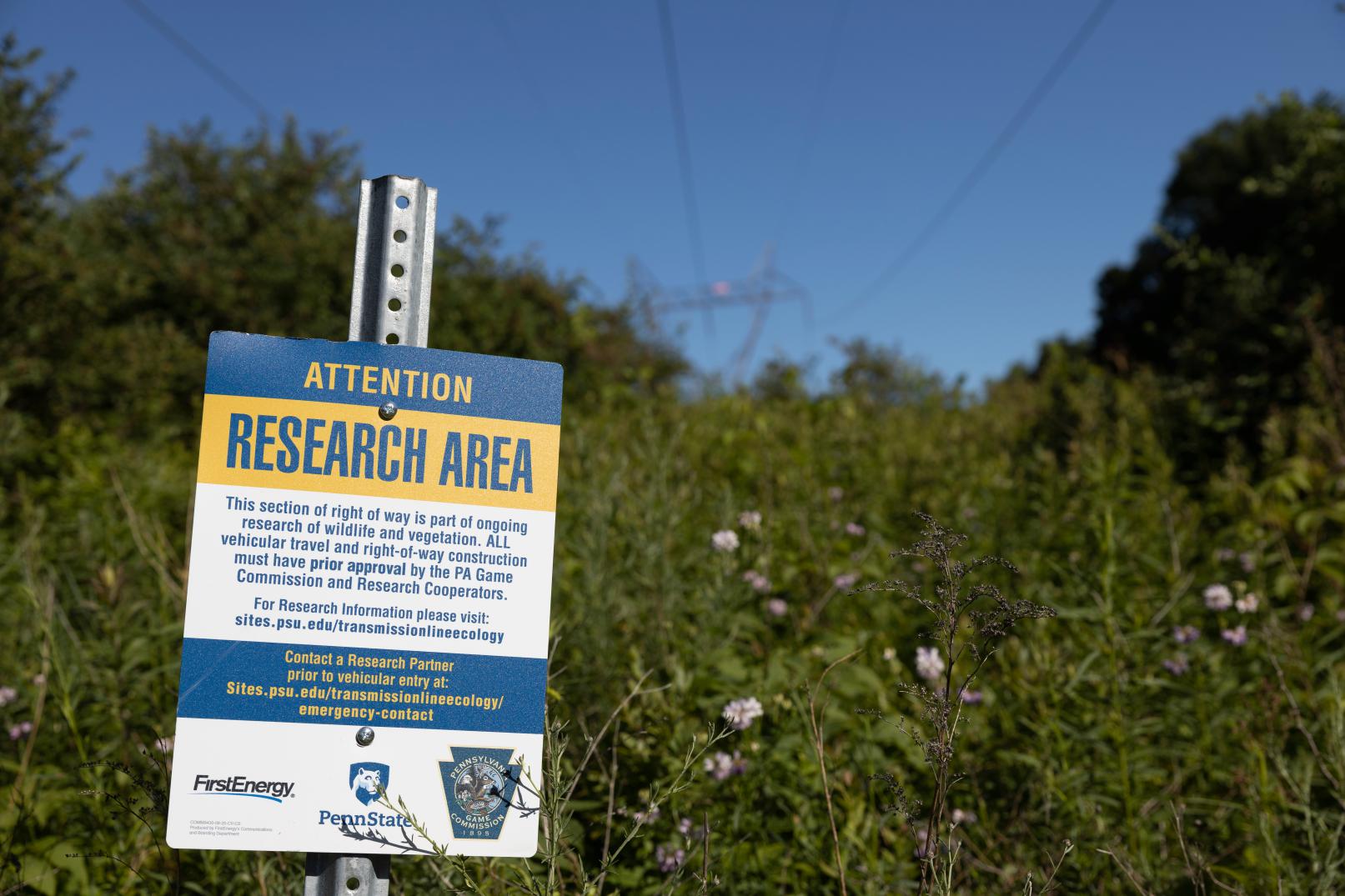4 Benefits of Establishing Native Plant Communities and How to Do It

Promoting the development of compatible vegetation throughout utility rights-of-way can significantly impact the environment and your bottom line.
Promoting the development of compatible vegetation throughout utility rights-of-way can significantly impact the environment and your bottom line.
Trees, brush and other incompatible plant species growing near utility infrastructure are the primary target of vegetation managers. However, there are countless ways to control this problematic vegetation, and certain strategies leave significant room for improvement.
For example, mechanical mowing can effectively remove immediate threats to electrical transmission reliability, but what’s preventing those threats from growing back? When mechanized strategies are used exclusively, the answer is: nothing.
As time goes on, vegetation solely treated with mowing strategies will reestablish, leading right-of-way (ROW) management crews back to the same sites they treated previously. Fortunately, there’s an approach to actively managing ROW corridors that can create a disadvantage for incompatible vegetation and make work significantly easier for vegetation managers.

Instead of mowing repeatedly, industry practitioners can reduce long-term maintenance requirements by actively managing ROW corridors after mechanical control methods are complete. More specifically, following mowing treatments with selective herbicide applications featuring selective tank mixes is a highly effective approach to prolonging results achieved through mowing practices.
“Selectivity is the key to successful Integrated Vegetation Management (IVM) programs,” said Darrell Russell, Vegetation Management Specialist, Corteva Agriscience. “The selective application of selective chemistries complements mowing practices and delivers beneficial results that extend well beyond the edge of an ROW.”
By selectively controlling incompatible trees and brush species, IVM strategies allow low-growing native plant communities to reestablish and thrive. In turn, the sustainable development of early successional plants can unlock the following benefits for utility vegetation management programs:
 Years of results from the State Game Lands 33 research project, which Corteva has supported for decades, show that IVM strategies often offer the best results for establishing tree-resistant cover types and biodiverse habitat for various wildlife species, including bees, butterflies and other pollinator species. As an added benefit, utility companies can document habitat management improvements to support Environmental, Social and Governance (ESG) reporting.
Years of results from the State Game Lands 33 research project, which Corteva has supported for decades, show that IVM strategies often offer the best results for establishing tree-resistant cover types and biodiverse habitat for various wildlife species, including bees, butterflies and other pollinator species. As an added benefit, utility companies can document habitat management improvements to support Environmental, Social and Governance (ESG) reporting. Put simply, IVM strategies allow utility companies and their vegetation management partners to positively impact the environment and surrounding communities as well as their public image and bottom line. With so much to gain — and so much more to lose — now’s the time to embrace IVM as an industry best practice.
Ready to take the next step? Visit Utility.VegetationMgmt.com to learn more about products, solutions and application strategies that align with an IVM-based approach.
For over 30 years, Vistas® has covered strategies, trends and stories from across the Vegetation Management industry.